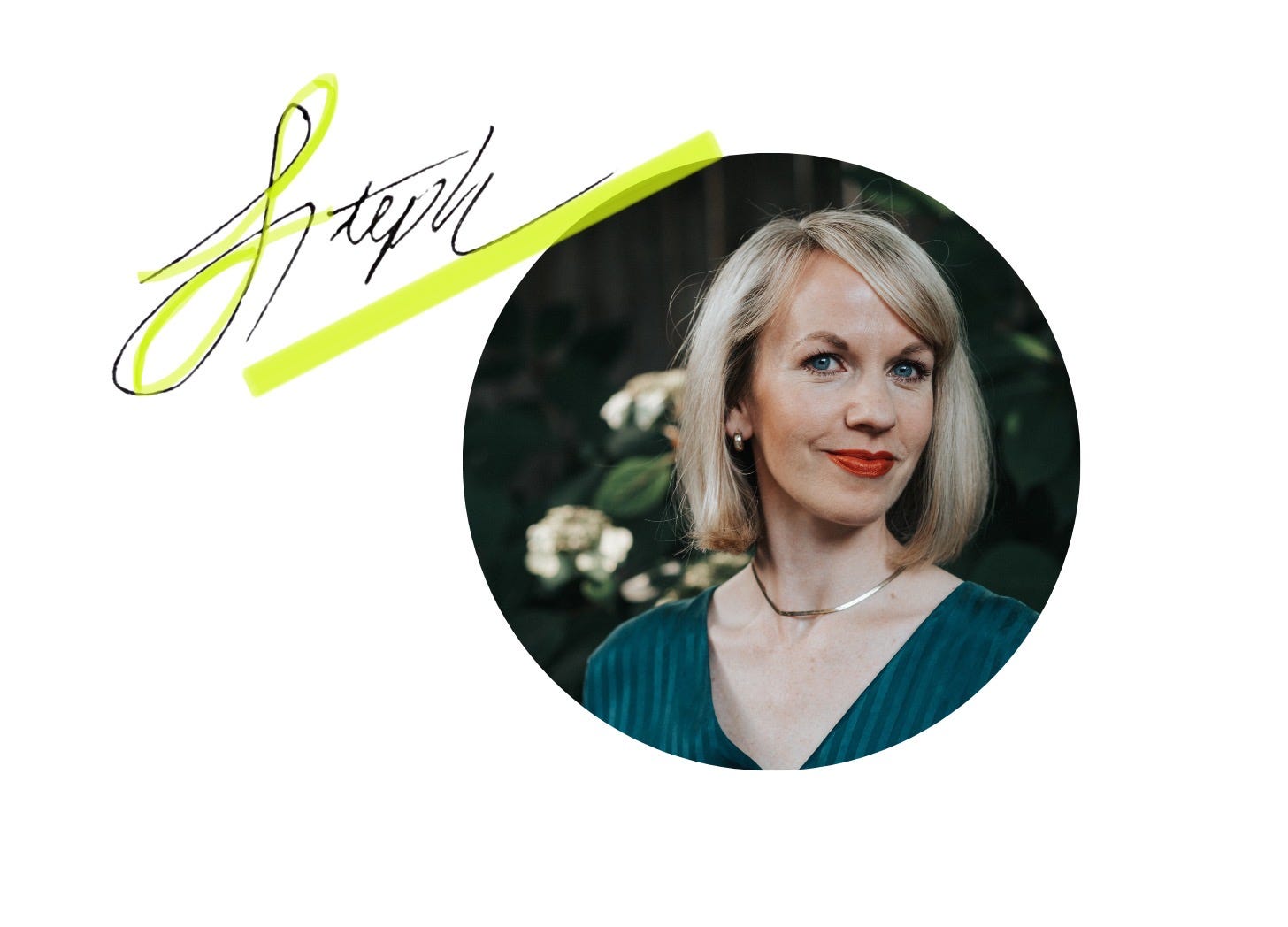On this most welcome first day of spring, announcing our spring seasonal intensive!
“It is in the shelter of each other that the people live”—so goes the Irish saying and the creative prompt behind renowned poet and Irish theologian
’s In the Shelter: Finding a Home in the World.For our spring seasonal writing intensive, we’ll be walking through a close reading of Ó Tuama’s storytelling craft as found in In the Shelter. You may know him as the host of On Being's
, or from his library of works, perhaps his most recent poetry collection Kitchen Hymns. If you know him, you know how vivid a storyteller he is, and story is indeed the heart of this particular work.After all, the stakes are high. He writes, “The cruelty of our half-lived lives is a false story.” As writers know all too well, stories can make and break us. They can make us undone and make us new. Stories, repeated and believed in, become the creeds we live by—for better and for worse. So let’s pay attention to them, and cultivate “the stories that shelter us.”
This book is an older favorite of mine and I’m so excited to introduce it or reintroduce it to you through our spring intensive!
Here’s what we’ll be covering:
1. “The stories that shelter us”—on introducing your extended metaphor or title concept
2. Finding the courage to name “here”—on locating yourself and your reader within the story
3. I, we, you—on changing tense as art form
4. Just for fun—on play, snapshots that tell the whole, and a miscellany of techniques
5. Stories that read us—on creative reciprocity
6. Greeting the day—on commissioning your reader
How to participate
Our spring seasonal intensive will be open to all paid subscribers, starting next week and running through May. We’ll intersperse our sessions with studio hours and other letters, including the usual free monthly letters for all subscribers.
It’s recommended that you get your own copy of In the Shelter so you can read along for yourself and make your own annotations. You’re welcome to read at your own pace (aka no assigned reading) and each letters will attend to a particular section or technique with given examples as we walk through our close reading together.
The full archive of previous seasonal intensives are always open to paid subscribers:
Winter: A Candlelit Close Reading of Even After Everything
Spring: A Close Reading of Maggie Smith’s You Could Make This Place Beautiful
What Is a Close Reading?
If a writer puts words to page with “something to say,” a close reading is a slow reading that attends to both that “something” (interpretation and meaning) and how it is “said” (style and voice). Simply put, it is a method of literary interpretation.
In our close readings together, we read a text as readers, but also as writers—holding up a magnifying glass to how a piece uses voice, style, story craft, and structure. We read with an eye toward why writing works, and how we can transplant those principles of the craft to work for us in our own writing.
You might think of it as a writer’s book club. You can check out previous close readings we’ve done together here and here.
Get your copy and I’ll meet you here next week to begin!
Take heart and stay feisty,
If you’ve found something that speaks to you here
Please share it, restack it, or forward to a friend. This letter is this editor's off-hours labor of love. Your word of recommendation is how our kindred community grows.







This looks amazing! I’m in 🙌
I'm so sorry to miss this one as traveling!